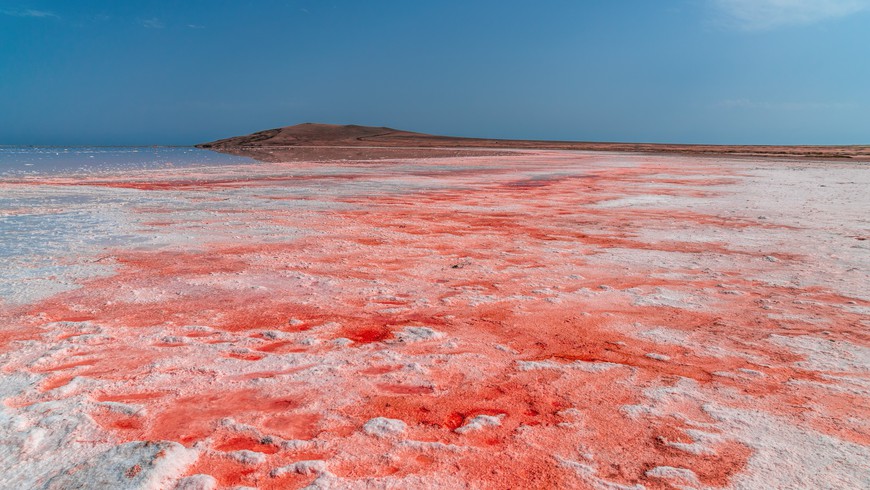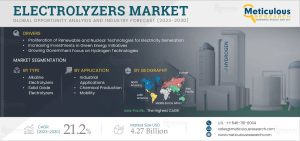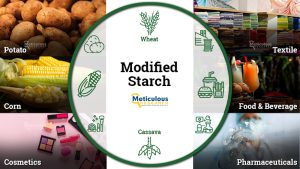
The Europe Dunaliella Salina Market is slated to register a CAGR of 4.8% from 2023–2030 to reach $27.1 million by 2030.
In recent years, the agricultural landscape in Europe has been significantly shaped by the high use of artificial production sources aimed at increasing food production. While this has led to a temporary boost in output, it has also resulted in various health hazards that have raised alarms among consumers. With a growing emphasis on health consciousness and sustainability, European consumers are increasingly seeking naturally grown food products that prioritize their well-being and the environment. This shift in consumer behavior is driving a surge in demand for natural food products and, consequently, natural colors that enhance the appeal of processed foods.
Download Sample Copy: https://www.meticulousresearch.com/download-sample-report/cp_id=5497
Natural colors or dyes, derived from algae, plants, animals, fruits, and even insects, are gaining popularity as safe food additives. Unlike their synthetic counterparts, natural colors are free from harmful side effects, making them a preferable choice for health-conscious consumers. The therapeutic applications of these natural colors are also on the rise, further solidifying their reputation as non-toxic alternatives to artificial dyes. Governments across Europe have recognized the importance of this shift and are actively promoting the use of natural food colors. One significant regulatory move was the European Commission’s ban on titanium dioxide (E171) as a food additive, effective from August 7, 2022. Such regulations underscore the growing acceptance of natural colorants and the need to limit synthetic alternatives.
The increasing adoption of natural food products among European consumers is creating lucrative opportunities for exporters, particularly those specializing in algae-based natural food colors. The demand for products that embody environmental sustainability and health benefits is reshaping the food and beverage (F&B) landscape. A particularly notable example is beta-carotene, an extract from Dunaliella salina, which is widely used to impart a yellow-orange hue to food and cosmetic products. Its applications are diverse, including use in bakery items, beverages, functional drinks, coatings, seasonings, confectionery, dairy products, and even frozen foods.
This growing preference for natural ingredients is not merely a trend; it reflects a broader shift towards health and wellness. As consumers become more discerning about the ingredients in their food, the F&B industry is compelled to respond by adopting natural alternatives to synthetic components. Major European importers of natural food colors include countries such as Germany, the Netherlands, Spain, Italy, France, the U.K., and Denmark, showcasing a robust market landscape. The increasing demand for Dunaliella salina specifically is a clear indicator of this trend.
The European Dunaliella salina market is projected to experience substantial growth, reaching an estimated $27.1 million by 2030, with a compound annual growth rate (CAGR) of 4.8% from 2023 to 2030, according to the latest publication from Meticulous Research®. This growth trajectory reflects not only the rising need for natural colorants but also the evolving consumer preferences towards clean-label products. As more consumers seek transparency in their food choices, the F&B industry is responding by prioritizing natural ingredients and sustainable practices.
The market for natural food colors in Europe is flourishing, driven by numerous factors, including the health, safety, and sustainability of natural colors. Consumers are becoming increasingly aware of the potential risks associated with synthetic food additives, and this awareness is prompting a shift in purchasing behaviors. Manufacturers are therefore motivated to explore natural alternatives that align with these consumer preferences, creating a ripple effect throughout the industry.
Get Customized Report: https://www.meticulousresearch.com/request-customization/cp_id=5497
Moreover, various government initiatives promoting the use of natural food colors in food and beverage applications are expected to further drive the global demand for these products. As consumers continue to prioritize organic and clean-label options, the demand for natural food colors is anticipated to rise, bolstering the market landscape.
In conclusion, the shift towards natural colorants is a significant response to the growing health consciousness among European consumers. With a preference for naturally grown food products, the demand for natural colors is set to continue its upward trajectory, reshaping the F&B industry and offering new opportunities for manufacturers and exporters alike. As regulations become stricter and consumer preferences evolve, the future of natural food colors looks promising, paving the way for a healthier and more sustainable food system in Europe.
Contact:
Mr. Khushal Bombe
Meticulous Market Research Inc.
1267 Willis St, Ste 200 Redding,
California, 96001, U.S.
USA: +1-646-781-8004
Europe : +44-203-868-8738
APAC: +91 744-7780008
Email- sales@meticulousresearch.com
Visit Our Website: https://www.meticulousresearch.com/
Connect with us on LinkedIn- https://www.linkedin.com/company/meticulous-research
About Post Author
Meticulous Research
 Next post
The Green Transition: Government Strategies for Hydrogen Technologies and Renewable Energy
Next post
The Green Transition: Government Strategies for Hydrogen Technologies and Renewable Energy






